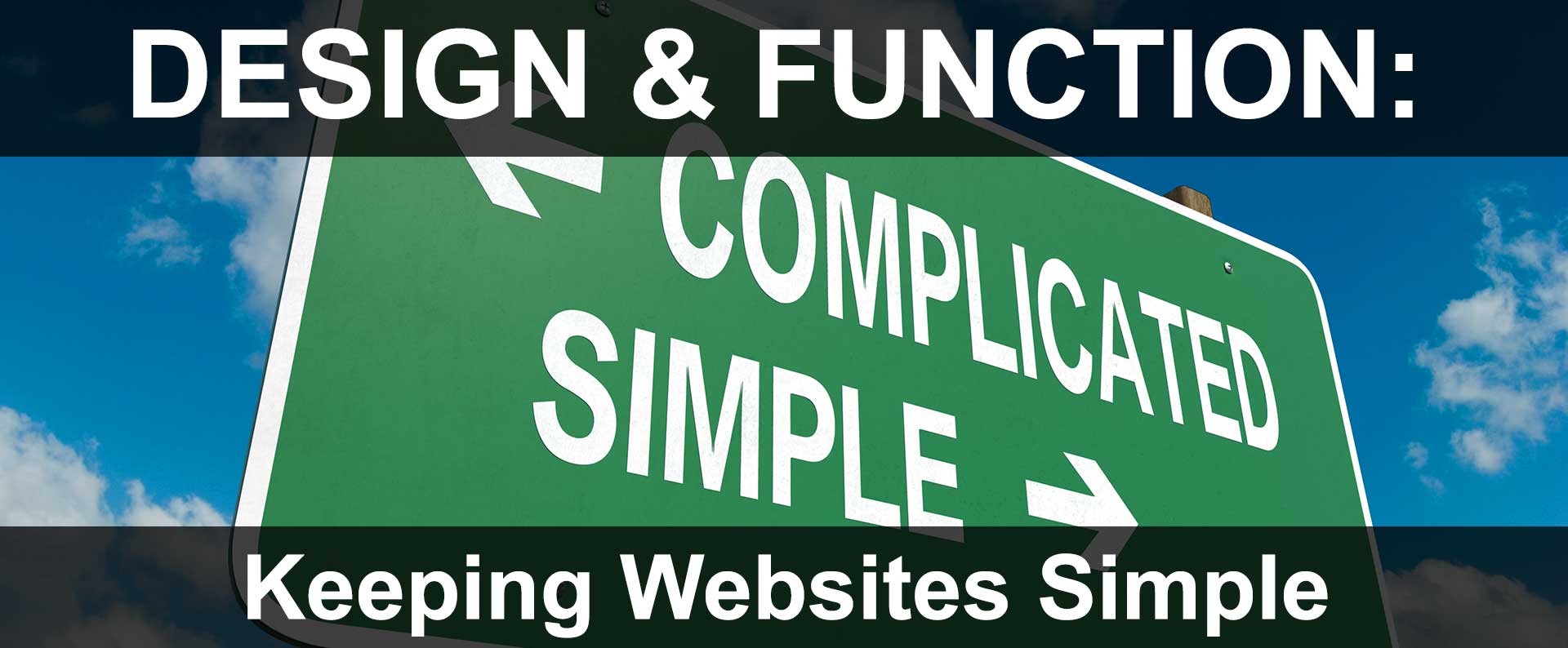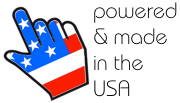Whether designing its website in-house, or hiring a professional firm for site design and maintenance; understand one simple and important rule regarding website function, usability, and design:
"Unless a website is simple and easy to use, it WILL lose traffic and customers."
When studying enterprise-level websites such as Amazon, Google, or any other Fortune 500 website; the main theme resonating throughout all successful sites is an overall simple and straight-forward design, navigation, and layout.
Despite the largest sites on the internet having literally hundreds, and often thousands, of pages filled with information; finding specific information is usually easy and straightforward.
Successful websites provide visitors with:
- A design with consistent and easy to understand navigation.
- Attention is drawn to the appropriate content, product images, or information; not flashy, distracting buttons, or animated images.
- Relevant imagery and text reinforcing each page's purpose.
When it comes to design and layout of a website, the following are some basic principles to keep in mind when planning a company's site:
Above all else, a website must be functional & mobile-friendly (responsive).
A website can look appealing; a piece of art with great color and feel. However, if it's not responsive to any screen size, or if visitors can't figure out how to navigate the site; then it'll lose visitors, failing to generate leads and sales.
- Make the site responsive, regardless of platform.
- Navigation must be obvious in how to proceed to the desired outcome.
Navigation should be clear & concise, adhere to the '3-click' standard, and easily recognizable without intensive search.
- Visitors need to be able to find information quickly and intuitively.
- Navigation should remain stationary and consistent from page to page, and section to section.
- Categories and major sections of the website should be clearly definable.
As a standard, if any information is buried more than 3-clicks deep, it is considered too difficult to find.
Graphics should be easy on the eyes, clean, crisp, and optimized for quick loading on any browser platform or device.
- To avoid loss of visitors, graphics must be responsive, quick loading, and used correctly.
- Graphics should bring understanding and dimension to products and services.
- Every graphic must have a clear and identifiable purpose.
- Graphics without purpose are clutter and a distraction; eliminate them.
Content and overall site structure should be well-thought out, with easy to understand directions for proceeding.
- Website content should properly utilize page titles and paragraph headers, helping identify key points & information quickly, without confusion.
- There should be clear CTA's (Calls To Action) directing the user how to move forward and proceed.
- All content should be kept fresh, optimized, and written for visitors; yet taking into account the need for parsing by machines to achieve optimal search engine ranking.
- Content should be descriptive, and written with purpose.
- Information should flow in a sensible format that's easily understood by anyone.
Nothing should distract a visitor's focus from the page content area.
- Page focus should be on the center content (where the information, products, or services relevant to the user, should be displayed).
- Flashy navigation, animated logos, or any other images irrelevant to the information, product, or service should be eliminated.
- Replace anything that does not compliment the intended content with simple, purposeful, complimentary images.
Whether beginning a new site, or revamping an old one, keeping things simple makes for a better user experience; and ultimately a successful marketing investment.













